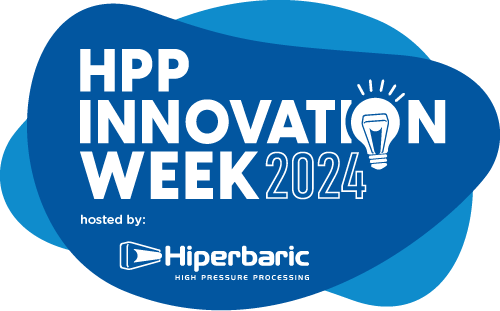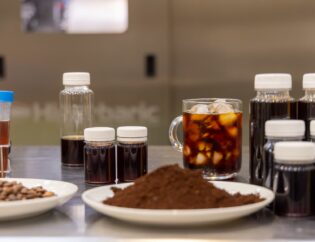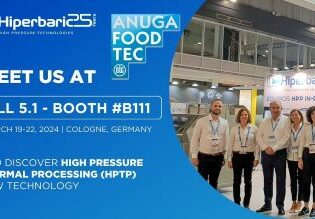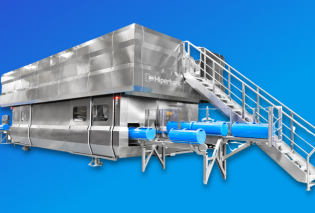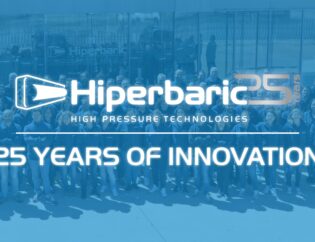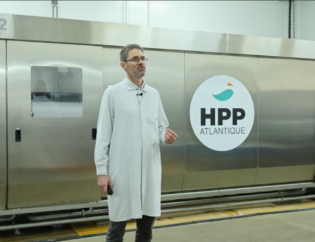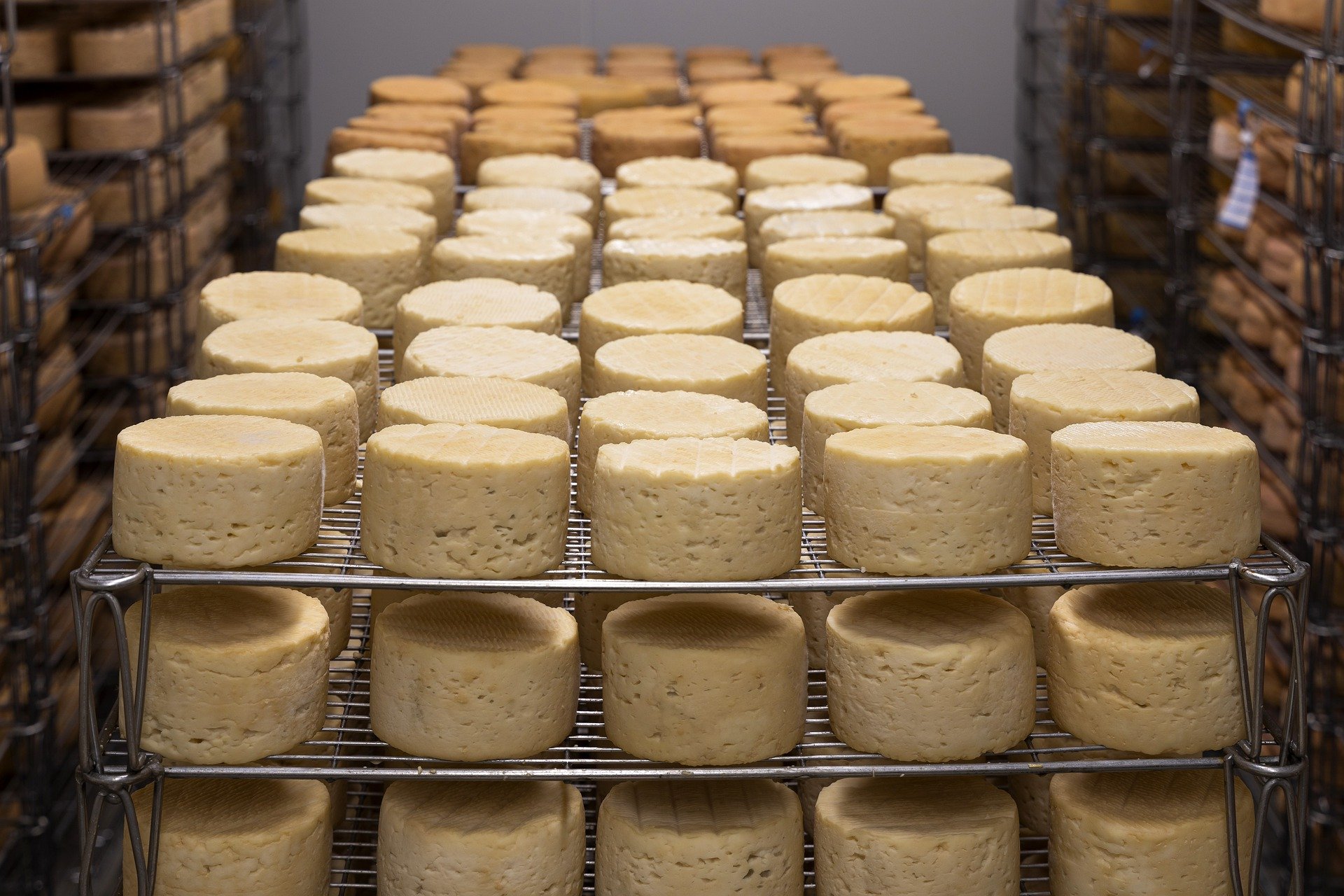
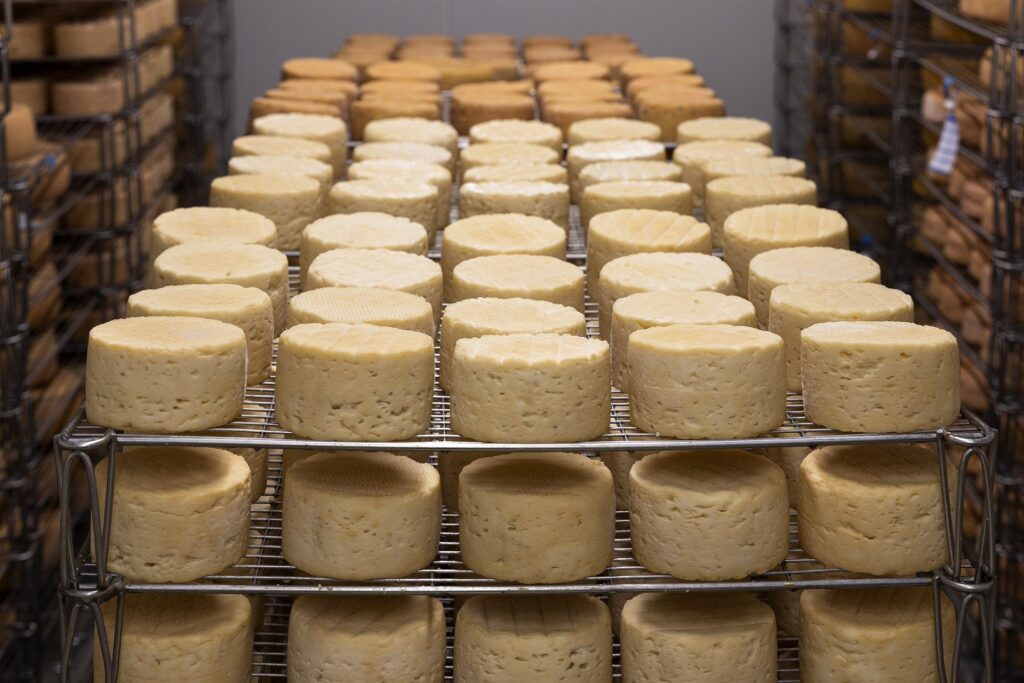
The interest in High Pressure Processing (HPP) technology to guarantee the microbiological safety of milk and to maintain its nutritional and sensory qualities compared to traditional pasteurisation or UHT sterilization has really increased in the last years. In the particular case of cheese, the first promising results of the application of HPP technology were reported in a patent (Yokoyama, 1992), in which a treatment at 50 MPa / 7200 psi for 72 h showed effectiveness in accelerating the ripening of Cheddar cheese. The main potential applications of HPP in the cheese industry include pathogen control to ensure safety, shelf-life extension and acceleration or slowdown of ripening. Keep reading to get further information about these promising applications of HPP in the cheese industry.
Cheese is one of the most ancient dairy products, normally considered stable in the case of cured cheese. This is attributed to the fact that most cured cheese varieties have low pH as well as low water activity (aw) values that hinder microbial growth. These factors, together with the presence of some antimicrobial compounds of bacterial origin (such as organic acids or bacteriocins), the use of salt as an ingredient and the loss of moisture during ripening, contribute to the microbiological safety and long shelf-life of the cheese. However, the particular physicochemical traits of fresh cheese (pH ≈5 and aw between 0.97 and 0.99), make it susceptible to spoilage. Therefore, HPP appears as a promising technology for fresh cheese preservation. According to Evert-Arriagada et al. (2014), a starter-free fresh cheese achieved a shelf-life of 18-20 days with a treatment at 500 MPa for 5 min, while that of control cheese was 8-10 days. Since HPP is applied on already packaged products, cross contamination during packaging operations is avoided, thus extending shelf-life.
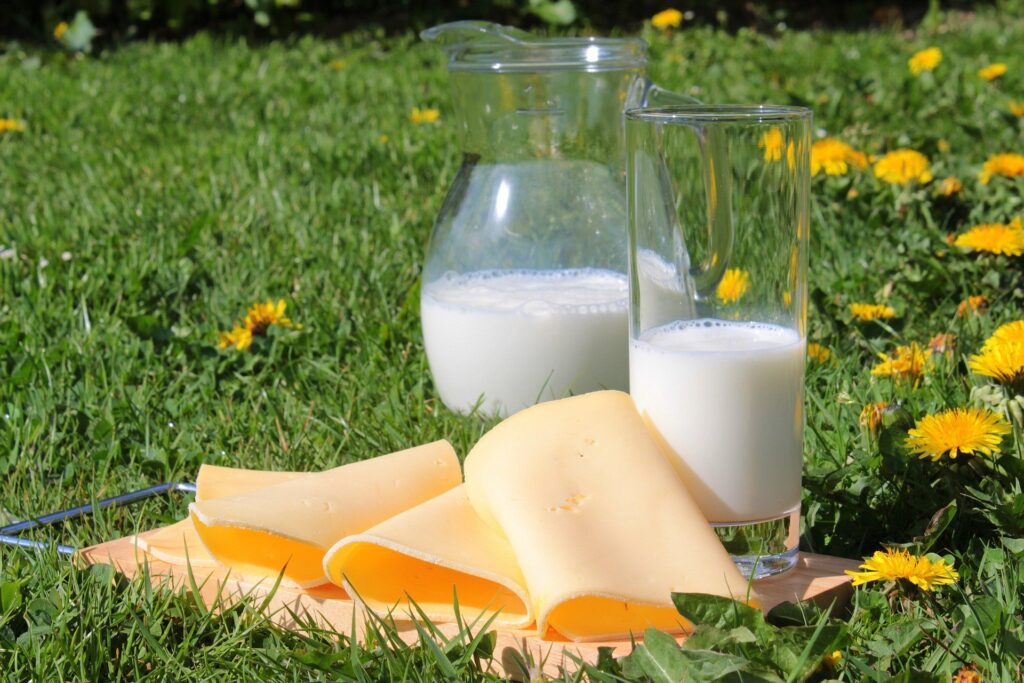
Traditionally, milk for cheese elaboration is heat pasteurized. Although heat is highly effective achieving microbiological safety, the process can lead to a loss of nutritional quality, as well as negative effects on the organoleptic and physicochemical characteristics of the product. For this reason, HPP becomes a promising alternative. This food preservation method not only inactivates pathogenic and spoilage microorganisms, but also keeps nutritional and sensory quality attributes at a higher level.
There are already several studies that proved the effectiveness of HPP for the elimination of pathogens potentially present in dairy products. Pathogenic species of Enterobacteriaceae and Staphylococcus are able to develop rapidly in the curd during the first hours of cheese manufacture. Counts of E. coli 0157:H7 and S. aureus in model cheeses decreased after HPP at 500 MPa/72,500 psi for 10 min by 6.0 and 2.6 log units, respectively (Figure 1) (De Lamo-Castellví et al., 2006; López-Pedemonte et al., 2007a).
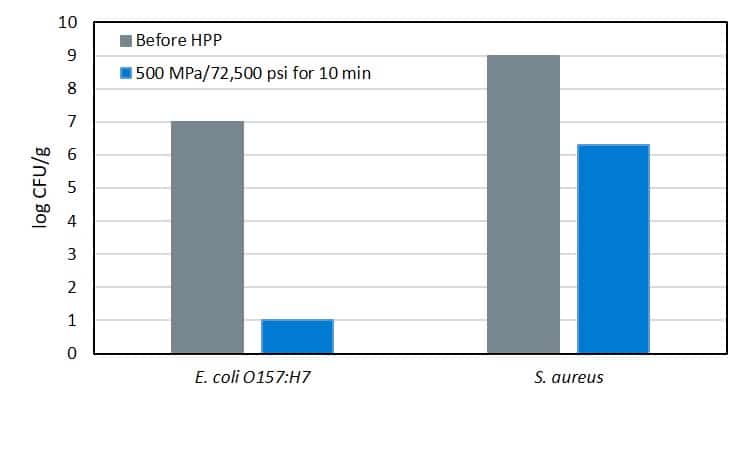
Interestingly, HPP can modify the 3D structure of some macromolecules, such as proteins, which may result in an alteration of the functional and technological properties of the product. However, since covalent bonds (such as peptidic bonds) are not affected, HPP does not exert negative effects on flavour or nutritional value. Therefore, the application of HPP is of great interest in the manufacture of traditional dairy products.
In line with the above, the pressure-induced denaturation of whey proteins and their subsequent interaction with casein, increases their retention within the casein matrix of cheese. As a consequence, yield and rennet coagulation properties are improved. It is well known that the application of HPP increases the size and number of casein micelles (as casein micelle dissociates into sub-micelles due to weakening of hydrophobic and electrostatic interactions, and these sub-micelles further aggregate to form a big cluster). This phenomenon helps to reduce the rennet coagulation time (Drake et al. 1997) . Additionally, HPP-treated milk cheeses retain higher moisture, salt and total free amino acid content than cheeses made from raw or pasteurized milk.
Increasing interest of producers in HPP technology
Another major advantage of HPP in cheese making is its potential to accelerate the ripening process. This is the final step in the production of multiple cheese varieties and involves proteolytic, lipolytic and glycolytic reactions that are responsible for the final texture, as well as flavour development. However, it is a long and expensive process that requires of large storage facilities, refrigeration, and moisture and air quality controls. Hence, the interest of food processors in accelerated cheese-ripening is increasing.
Many pressure conditions have been tested for this purpose in different cheese varieties, including intense pressures (400-600 MPa/58,000-87,000 psi) between 5-15 min, or a combination of the same processing conditions followed by a milder HPP process (50 MPa/7,200 psi) for a long time (72 h). The enhanced proteolytic effect is attributed to the cell membrane lysis of starter bacteria and the subsequent release of enzymes, although the conformational changes induced by pressure on the protein cheese matrix could also play an important role making proteins more susceptible to enzymatic hydrolysis (Juan et al. 2004). Additionally, as confirmed by Saldo et al. (2001), not only proteolysis was improved in “Garrotxa” goat cheese after processing at 50 MPa/7200 psi for 72 h, but also solute diffusion, water holding capacity and salt distribution improved. On the other hand, other authors reported that HPP conditions up to 600 MPa/87,000 psi were efficient in delaying proteolysis and lipolysis in some cheese varieties (Cheddar cheeses, blue-veined cheese, Brie cheese, Torta del Casar cheese), thus creating the opportunity to slow down over-ripening and to prevent the formation of some undesirable volatile compounds. In this regard, the study conducted by Gervilla et al. (2001) showed that processing ewe’s milk between 100-500 MPa/14,500-72,500 psi at 4, 25 and 50 °C/39, 77 and 122°F did not increase free fatty acid (FFA) content. These results suggest that adequate HPP conditions prevent the formation of rancid off flavours as a consequence of lipolytic enzymes activity in milk.
High nutritional value for a wide range of cheeses
Adoption of HPP technology by the dairy industry has a big potential. However, since different cheese varieties may show different responses to HPP, processing conditions need to be optimized. HPP becomes a reliable alternative to guarantee the food safety and to prevent microbiological spoilage, although biochemical and technological properties should be carefully taken into account. For instance, some types of cheese (especially mould-ripened varieties such as Camembert or Brie) cannot be subjected to HPP as their visual appearance is altered. However, many fresh, soft and semi-hard cheese varieties would considerably enjoy the benefits.
With continuous innovation and progress in equipment, HPP is becoming more and more affordable for the dairy industry. Along with technological development, incredible scientific advances pave the way for an increasing adoption of HPP technology by the dairy industry, in general, and the cheese industry in particular.
Contact us if you want to know more about the numerous benefits that can provide HPP technology to your products regarding safety and quality. We also invite you to download our dairy flyer resources and our whitepapers on fresh cheese for more information.

